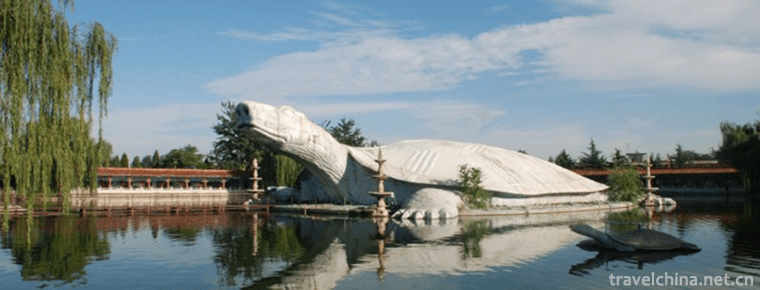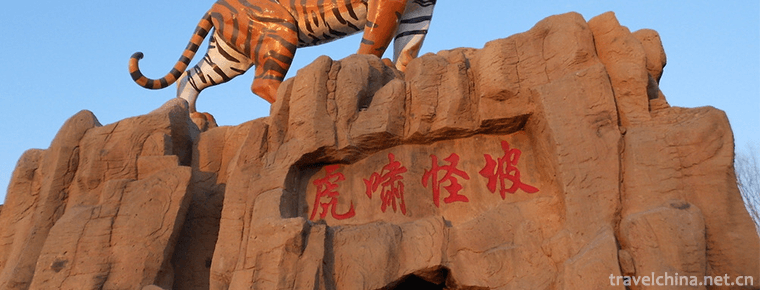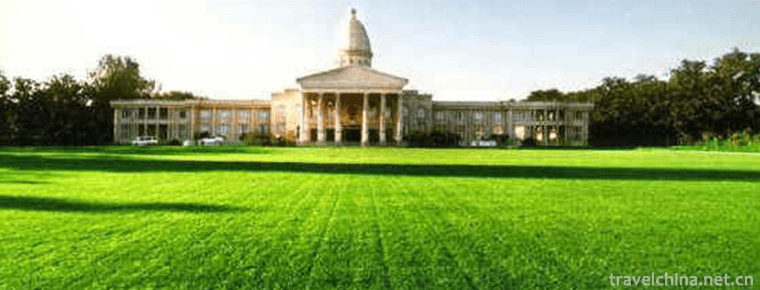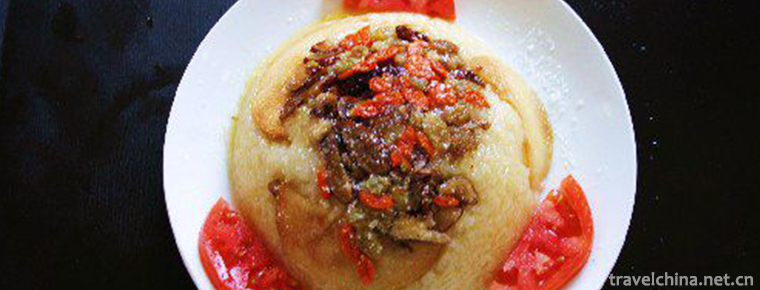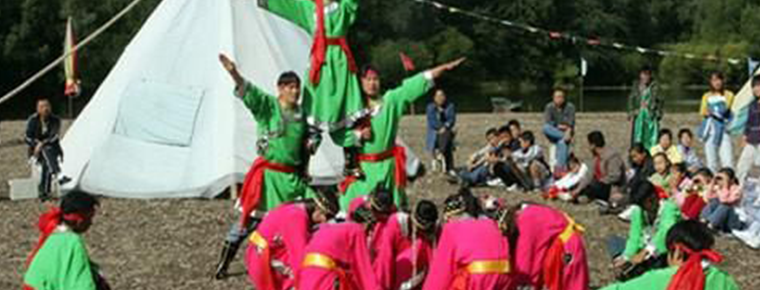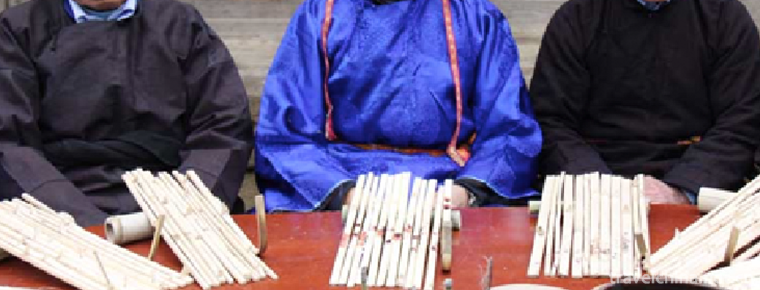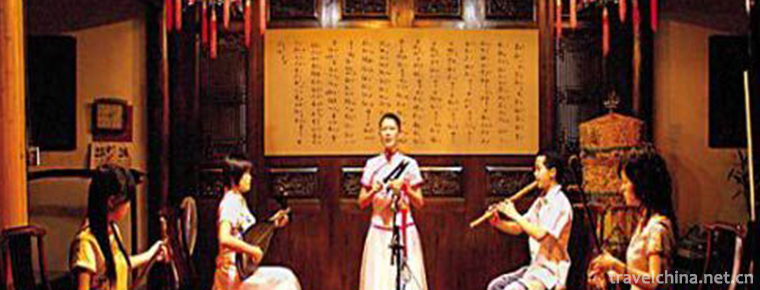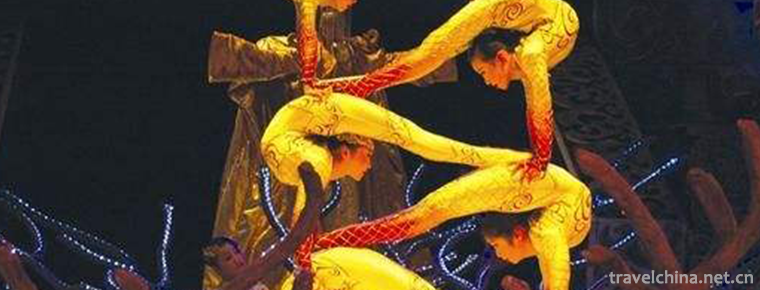Jinjiang hot spring
Jinjiang hot spring
Jinjiang Hot Spring is located on the Bank of Jinjiang River, Datian Town, Enping City, which is the hometown of hot springs in China. It is backed by Qixingkeng primitive forest, deep mountains and green fields, and has a simple folkway.
Traffic information
Jinjiang Hot Spring has convenient transportation, and the provincial road can reach the scenic spot directly. It is 180 kilometers away from Guangzhou, 22 kilometers away from Encheng, and only 18 kilometers away from the Shengtang Exit of Kaiyang Expressway. Surrounding tourist attractions are rich in resources, such as Kaiping Diaolou Liyuan, Stone Village Monuments, Xinxing Guoen Temple, Yangjiang Gap Cape, as well as the former battlefield sites of the Six Brahmins of Mount Langya, known as "Baili Mountain and Water, the Golden Corridor of Historic and Cultural Tourism in Western Guangdong".
Address: Datian Town, Enping City, Guangdong Province
Public transport information:
City Traffic: Every day special line bus, Qiaolian Building departs at 9:00 a.m. and Jinjiang Hot Spring returns at 16:00 a.m. (Free ticket purchase).
External traffic:
1. Guangzhou bus stop: No. 23 Xianlie South Road (outside the lobby of Huatai Hotel), leaving at 8:00 a.m. and returning to Jinjiang Hot Spring at 16:00 a.m. Fangcun Passenger Station departs at 10:05 a.m. and Jinjiang Hot Spring returns at 18:10 a.m.
2. Kaiping Bus Station: Yici Station departs at 9:30 and 13:00 a.m. and Jinjiang Hot Spring returns at 15:00 and 18:30 a.m. (Free ticket purchase).
Hot spring characteristics
Jinjiang Hot Spring is rich in water quality resources, with daily water inflow exceeding 6,200 cubic meters, and its prospective development volume approaching 10,000 cubic meters. The water temperature is close to 70 degrees. The water quality is clear and glittering. Rich in dozens of trace elements beneficial to human health, silicic acid, fluorine, radon all meet the national naming standards, rare in the country, known as the "three materials" hot springs by experts, her extremely high medical and health value and welcomed by tourists.
Jinjiang Hot Spring is a classic resort of Chinese hot spring culture, which integrates accommodation, catering, entertainment, health care, business, conference, leisure and large-scale open-air hot springs.
Jinjiang hot spring open-air hot spring area has beautiful natural environment and pleasant scenery. The spring water is clear and transparent. It contains more than 10 trace mineral elements, such as metasilicic acid, fluorine, lithium, strontium, bromine, iodine, radon and sulfur, which are beneficial to human body. Jinjiang Hot Spring has more than 50 kinds of hot spring pools with different characteristics. It integrates physical therapy, fitness and entertainment with a brand new management concept: "Feeling physical therapy in sports, enjoying pleasure in passion, and enjoying life in leisure". Jinjiang Hot Spring, like a fashionable youth who knows life and loves sports, always leads the vanguard and is full of vitality.
The theme of Jinjiang hot spring is dynamic hot spring. It has the first large-scale hot spring surfing, hot spring drifting, cold and hot spring waterfall, ultrasonic massage fountain, dream dancing spring, large-scale hot spring swimming pool, wonderful and unique ice spring, hot spring characteristic health garden and hot spring aromatherapy SPA.
Accommodation conditions
Jinjiang Hot Spring has four-star hotels, Continental villas, wooden house villas, super luxury clubs, Chinese and Western restaurants, conference rooms, recreational and sports venues, etc. It has more than 400 rooms and 800 dining places. It is a classic tourist resort with tourism, catering, entertainment, health care, business, conference, leisure and large-scale open-air hot springs.
Historical records
Jinjiang Hot Spring has a long history of development. According to the Records of Enping County, as early as 380 years ago, in the Ming Dynasty, there were abundant self-overflowing hot springs around Jinjiang Hot Spring, benefiting the local villagers. Today, with the reform and opening up, Jinjiang Hot Spring has been reasonably developed and utilized.
Honors
In Enping City, China's first home of hot springs and the first national geothermal geopark, there is a bright pearl of hot springs embedded in it. It has been appreciated by tourists and admired by the authorities and experts of China's geothermal industry. Jinjiang Hot Spring, one of the eight new scenic spots in Jiangmen, is a large-scale hot spring resort.
Jinjiang Hot Spring officially opened on April 28, 2002 under the concept of "life lies in movement". In China, it initiated a series of dynamic products such as "hot spring surfing" and "hot spring drifting", which were awarded four gold medals by the national, provincial and municipal tourism authorities as "China's dynamic hot spring pioneer", "model of protecting and developing hot springs", "pioneer of developing hot spring tourism", "dynamic hot springs pioneer", "dynamic hot springs" and "healthy springs". It was also appraised as "ten best quality hot springs in Guangdong". In order to create a well-known brand of "China's First Spring of Motion". In 2006, it was officially rated as "National AAAA Tourist Scenic Spot" by the National Tourism Administration. At the end of the year, it was selected as "the most suitable dynamic hot spring for family travel" by the Guangdong Tourism Association. In 2007, it was also named "National Green Model Unit".
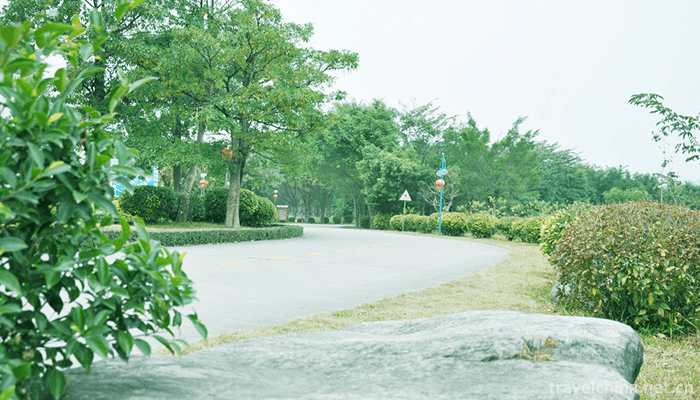
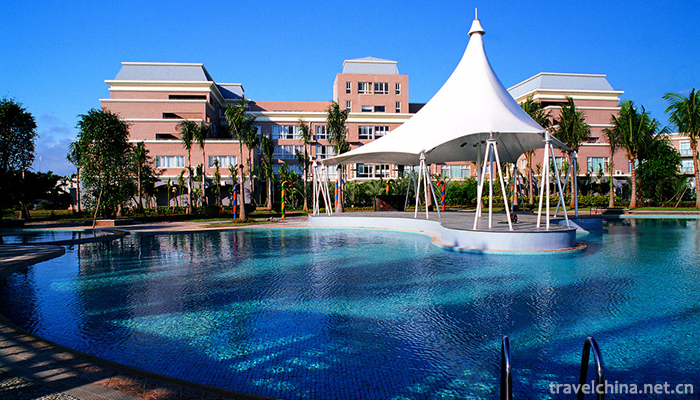
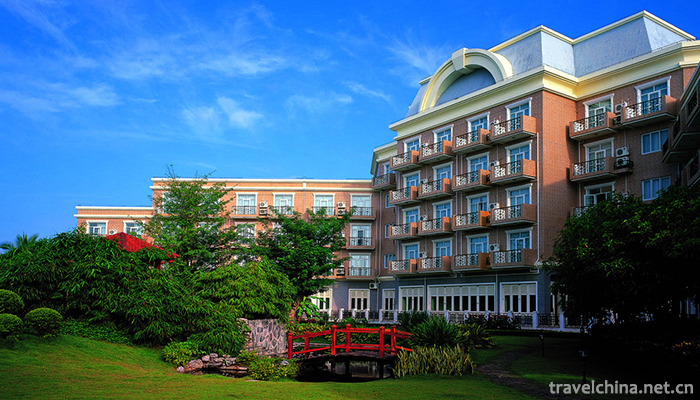
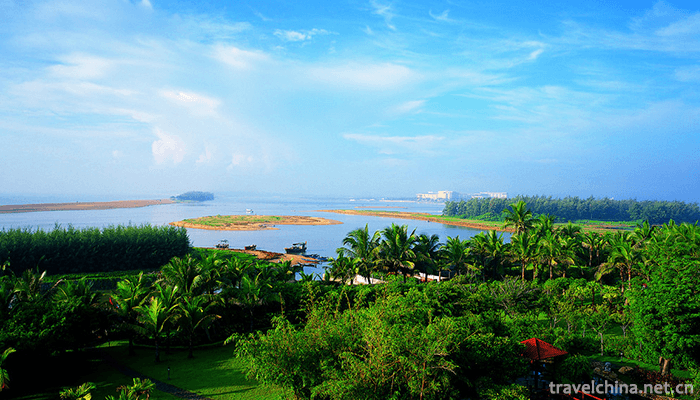
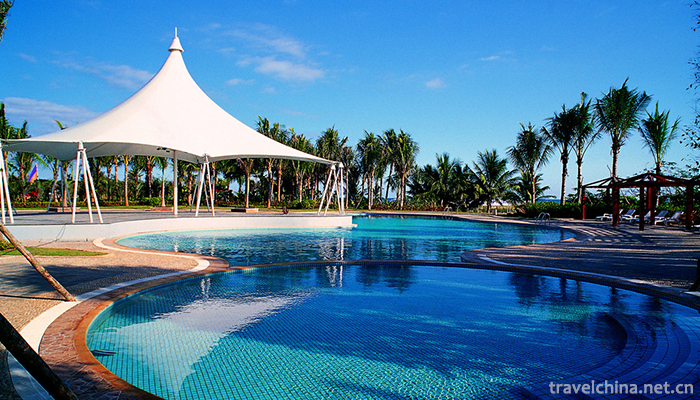
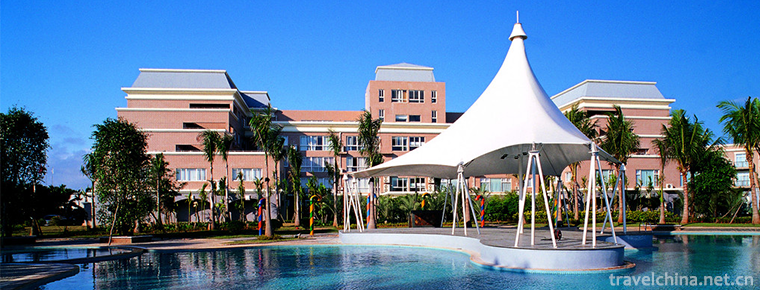
Jinjiang hot spring
-
Oriental Giant Turtle Garden
Located on the East Bank of Yehe River in Pingshan County, Hebei Province, the Oriental Giant Turtle Garden is near Xibaipo, a sacred revolutionary site, 35 kilometers east of Shijiazhuang
Views: 125 Time 2018-12-20 -
Uruwati Scenic Area
Uruwati Scenic Area is located in the upper reaches of Karakash River at the southern foot of Kunlun Mountains and in the territory of Langruxiang, Hetian County.
Views: 162 Time 2018-12-22 -
Strange slope Scenic Area
Weipo Scenic Spot is located at the foot of Maoshan Mountain in Qingshuitai Town, Xinchengzi District, Shenyang City, Liaoning Province, facing the wilderness, backed by mountains
Views: 177 Time 2019-01-12 -
Shenyang Green Island Tourist Resort
Located in Tonggou Township, Sujiatun District, Shenyang City, 15 kilometers away from Shenyang City, Green Island Tourism Resort is a comprehensive multi-functional tourist area
Views: 485 Time 2019-02-08 -
Eight treasures fragrant glutinous rice
Babao Xiangnuo is a famous dish in Zhejiang Province. It is cooked with glutinous rice as its main ingredient. It has the characteristics of soft glutinous rice and fragrant teeth.
Views: 242 Time 2019-03-26 -
Gulunmu Festival of Oroqen Nationality
The Oroqen ethnic group is one of the minorities with a small population in China. Since ancient times, it has multiplied and lived in the deep forest of Heilongjiang Valley and Xing'an Mountains
Views: 163 Time 2019-04-28 -
Manchu Ergui wrestling
Ergui wrestling is a traditional Manchu folk dance spread in the urban and rural areas of Longhua County, Hebei Province. It was formed in the late Qing Dynasty (around 1820 A.D.) and flourished betwe
Views: 124 Time 2019-05-17 -
Miao Jia Li
Jiali, Miao is called "jaxlil". In the context of Miao language, "Jiali" is a synthesis of the semantics of "philosophy", "truth", "reason" and "
Views: 194 Time 2019-06-05 -
opera sung in southern tunes
Southern Opera is the earliest mature type of drama in the history of Chinese opera. From the end of Northern Song Dynasty to the beginning of Ming Dynasty (12th to 14th centuries), Southern Opera was
Views: 130 Time 2019-06-07 -
Wuhan acrobatics
In the 20 years of Qingdaoguang (1840), folk acrobats from Tianmen, Wuyang and other places in Hubei came to Wuhan to perform, and then gradually formed a class club to enter the stage. Folk artists s
Views: 172 Time 2019-06-30 -
History of Luzhou
Luzhou was named "Lushui theory" and was called Jiangyang in ancient times. During the reign of Liang Datong in the Southern Dynasty (535-546 A.D.), Luzhou was set up to lead the Yangjun county. Jiangyang County: Jiangyang county (governing today's Jiangyang District),
Views: 379 Time 2020-12-14 -
Mianyang secondary industry
In 2019, the added value of industries above Designated Size in Mianyang will increase by 10.0%, 2.0 percentage points higher than the provincial average level, and the production and sales rate of Industrial Enterprises above designated scale
Views: 376 Time 2020-12-14
